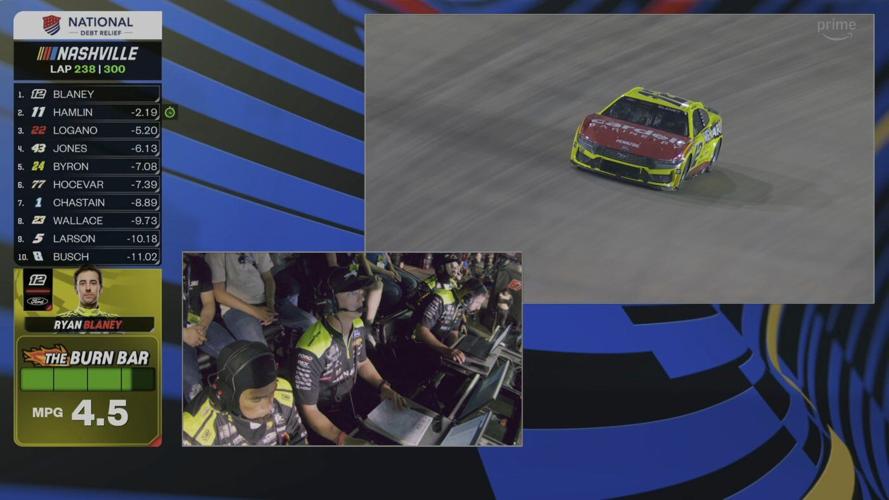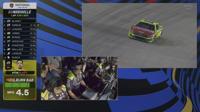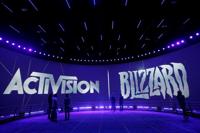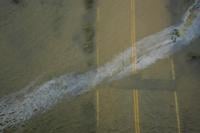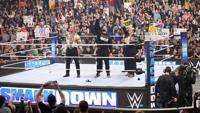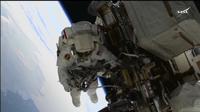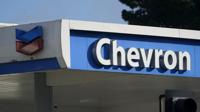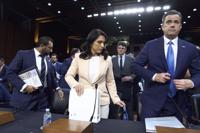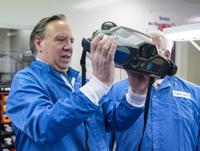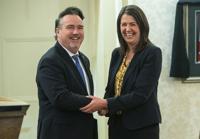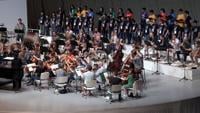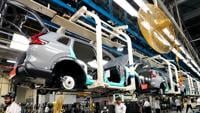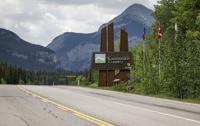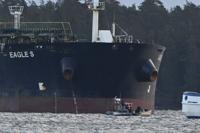NASCAR fans have grown accustomed to seeing speed, throttle and braking on broadcasts for years. There has been one measurement, though, that has eluded networks and viewers for years.
Until now.
Viewers of the Prime Video races have been able to see fuel usage with the introduction of the Burn Bar. Race teams have measured burn rates and fuel levels down to the last ounce for years, but the methodology has been kept secret for competitive reasons.
Prime Video, though, developed an AI tool using car data available to broadcasters and teams that can measure miles per gallon. The Burn Bar made a brief appearance during Prime's first broadcast, the Coca-Cola 600 on May 25. It has been used more frequently the past two weeks and will be deployed again on Sunday during the race in Mexico City.
NASCAR on Prime analyst Steve Letarte, a former crew chief for Jeff Gordon and Dale Earnhardt Jr., contributed to the development of the Burn Bar and sees it as the first step in taking race analysis to a new level.
“It’s the first true tool that is taking information off the car, making calculations and then displaying to the fan a calculation or measurement that is being used in the garage. And it does affect the team,” he said. “There’s not a sensor on the car giving us miles per gallon. It’s a mathematical calculation of other cars performances.”
The AI model analyzes thousands of performance data per second, including a range of in-car telemetry signals, RPMs, throttle and optical tracking of each car’s position. The model then evaluates each driver’s fuel consumption and efficiency throughout the race.
Letarte worked with Prime Video “Thursday Night Football Prime Vision" analyst Sam Schwartzstein and Amazon Web Services during the process. They came up with four methodologies that were tested during the first part of the season, which was broadcast by Fox. Schwartzstein and Letarte would then get the data from teams after races to see how close they were until they picked one that worked the best.
The Burn Bar received its toughest test during last week's race at Michigan as the final 48 laps were run without a caution flag. Most teams made their final pit stops with 50 laps to go, meaning teams were going to be down to the end of their fuel runs at the checkered flag.
“We projected William Byron to run out, which he did, and then we were on the razor’s edge for Denny Hamlin. And then watching the truck push him back into victory lane at the end, knowing he was as close as we thought he was. What a cool way to see this feature come to life and elevate NASCAR broadcasts,” Schwartzstein said.
Alex Strand, Prime Video’s senior coordinating producer for live sports, also sees the Burn Bar as the first tool of many that Amazon and Prime Video can develop for its coverage. Prime Video is in the first year of a seven-year agreement to carry five races per season.
“It’s really cool to live in a world where it shows us that anything is possible. We’re starting with something that we’re really excited about, but it’s setting us down a path that will open up new doors for us,” he said. “I think that’s what we’re really excited about is to say, ‘OK, we’ve had success in Year 1 on a feature that’s resonated with fans right out of the gate.’ It raises the table for our offseason.”
After Sunday's race in Mexico City, Prime Video's coverage for this season wraps up with the race at Pocono on June 22.
___
AP NASCAR:

